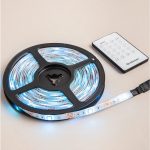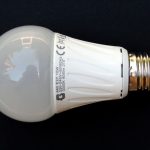Saving Money on Electricity Bills: How Much Do LED Light Bulbs Really Save?
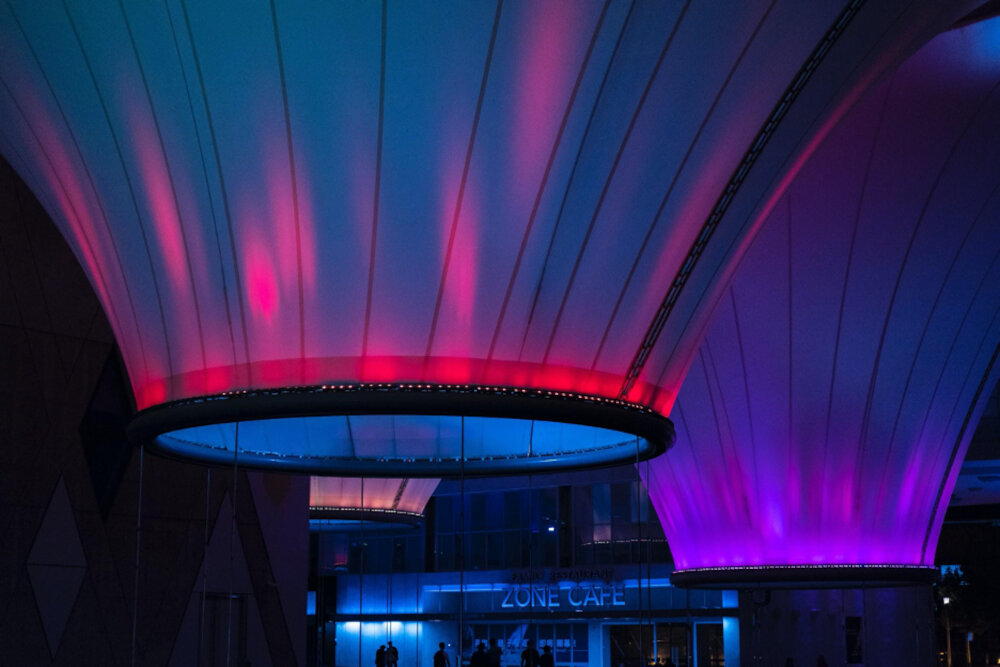
Electricity bills can be a significant expense for households and businesses alike. As the cost of energy continues to rise, finding ways to reduce electricity usage and save money on bills has become a priority for many people. One popular method of reducing electricity usage is through the use of LED light bulbs, which are known for their energy efficiency and long lifespan. However, many people wonder just how much money they can save by switching to LED bulbs. LED (Light Emitting Diode) bulbs are a type of lighting that uses less energy than traditional incandescent bulbs. LED bulbs are known for their energy efficiency because they use less energy to produce the same amount of light as incandescent bulbs. This means that LED bulbs can help reduce electricity usage and save money on bills. Additionally, LED bulbs have a longer lifespan than traditional bulbs, meaning that they need to be replaced less frequently, which can also save money in the long term. However, the initial cost of LED bulbs can be higher than traditional bulbs, which is why many people wonder whether the savings are worth the investment. In this article, we will explore how much money LED bulbs can save on electricity bills and whether they are a smart investment for your home or business.
Saving money on electricity bills is crucial in today’s world, where energy consumption is increasing rapidly. By reducing energy consumption, we can not only reduce our monthly expenses but also contribute to a sustainable environment. LED light bulbs are an excellent option for those looking to save money on electricity bills. These bulbs consume less energy and last longer than traditional incandescent bulbs, making them a smart investment in the long run. Additionally, reducing electricity usage helps to reduce carbon emissions, which helps to preserve the environment. So, by taking small steps to save money on electricity bills, we can all play a part in creating a brighter, sustainable future.
LED light bulbs are a highly energy-efficient alternative to traditional incandescent bulbs. LED bulbs use less electricity to produce the same amount of light as incandescent bulbs, which means they can save you a significant amount of money on your electricity bills over time. LED bulbs are also more durable than incandescent bulbs, as they do not have a filament that can burn out. This means that they last longer and need to be replaced less frequently, which can also save you money in the long run. Additionally, LED bulbs emit less heat than incandescent bulbs, making them a safer choice for your home. Overall, LED light bulbs are a smart choice for anyone looking to save money on their electricity bills while also reducing their environmental impact.
Understanding LED Light Bulbs
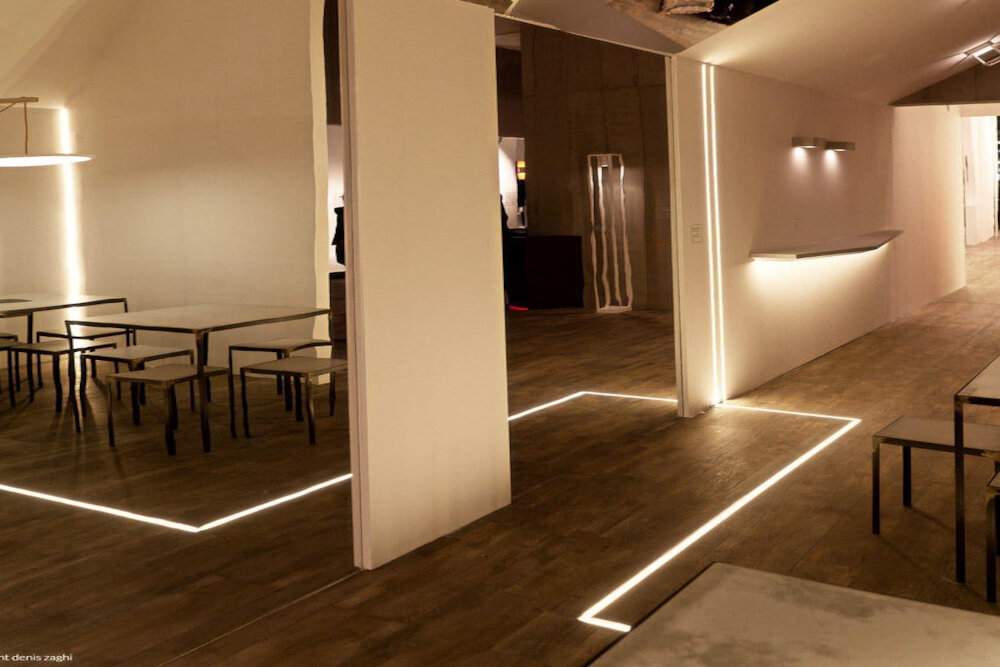
LED light bulbs are gaining popularity due to their energy-efficient nature and longevity. LEDs, or light-emitting diodes, produce light by passing an electric current through a semiconductor material. Unlike traditional incandescent bulbs that produce light by heating a filament until it glows, LEDs do not generate excess heat, making them much more efficient. LED bulbs also use significantly less energy than traditional bulbs, which can lead to substantial savings on electricity bills over time. In fact, LED bulbs use up to 80% less energy than incandescent bulbs and can last up to 25 times longer. When shopping for LED bulbs, it is important to consider the lumens, or the amount of light produced, rather than the wattage. The higher the lumens, the brighter the light. Additionally, LED bulbs come in various color temperatures, ranging from warm white to cool white, which can impact the mood and ambiance of a room. It is also important to note that while LED bulbs may have a higher upfront cost than traditional bulbs, the long-term savings on electricity bills make them a worthwhile investment. With their energy-efficient nature, longevity, and various options, LED light bulbs are a smart choice for anyone looking to save money on their electricity bills.
LED stands for \Light Emitting Diode.\ These bulbs are energy-efficient and long-lasting, making them a popular choice for lighting. Unlike traditional incandescent bulbs, which rely on heat to produce light, LED bulbs use a semiconductor to convert electricity into light. This process is much more efficient, resulting in less energy wasted as heat. LED bulbs also last much longer than incandescent bulbs, with an average lifespan of 20,000 to 50,000 hours. This means that while LED bulbs may have a higher upfront cost, they will ultimately save you money in the long run by reducing energy consumption and the need for frequent bulb replacements. Additionally, LED bulbs are available in a variety of colors and styles, making them a versatile choice for any lighting need.
When it comes to energy efficiency and lifespan, LED light bulbs are far superior to traditional incandescent bulbs. LED bulbs use significantly less energy, converting more of it into light instead of heat, which ultimately results in lower electricity bills. They can save up to 80% of energy compared to incandescent bulbs, which is a significant amount. LED bulbs are long-lasting, with an average lifespan of 25,000-50,000 hours, making them a cost-effective and sustainable lighting option. In contrast, traditional incandescent bulbs have a lifespan of only 1,000 hours on average and are less energy-efficient. While LED bulbs may have a higher upfront cost, the savings in energy usage and replacement costs over time make them a wise investment for anyone looking to save money on their electricity bills.
Calculating Savings with LED Light Bulbs
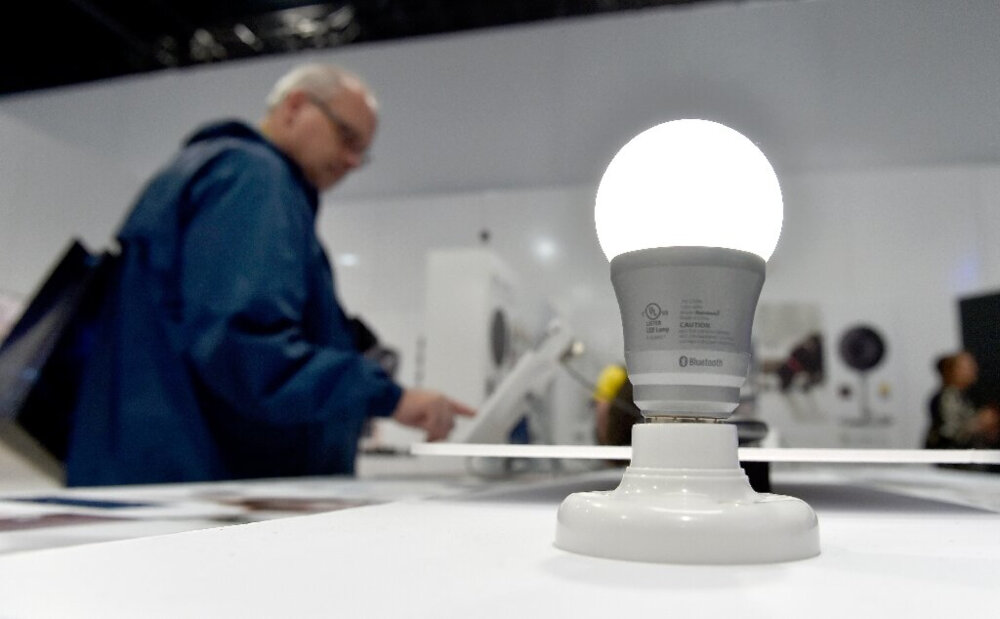
In the quest to save money on electricity bills, LED light bulbs have emerged as a popular choice for homeowners. These energy-efficient bulbs last longer and consume less energy than traditional incandescent bulbs, leading to significant savings over time. To calculate the savings that can be achieved by switching to LED bulbs, it’s important to consider factors such as the number of bulbs in use, the wattage of the bulbs, and the cost of electricity per kilowatt-hour. For example, let’s say a household has 20 light bulbs in use, each with a wattage of 60 watts, and the cost of electricity is 10 cents per kilowatt-hour. If the household switches to LED bulbs with a wattage of 9 watts, they could potentially save up to $120 per year on their electricity bill. This calculation is based on the assumption that the bulbs are in use for an average of 3 hours per day and that the LED bulbs have a lifespan of 25,000 hours. Overall, the savings that can be achieved by switching to LED bulbs will depend on various factors, including the number of bulbs in use, the wattage of the bulbs, and the cost of electricity. However, it’s clear that LED bulbs offer a cost-effective and environmentally-friendly alternative to traditional bulbs, making them a worthwhile investment for anyone looking to save money on their electricity bills.
Switching to LED light bulbs can lead to significant savings on electricity bills. To calculate the potential savings, one must consider the wattage of the current light bulbs and the wattage of the LED bulbs that will replace them. For example, if a 60-watt incandescent bulb is replaced with a 9-watt LED bulb, the difference in wattage is 51 watts. This means that for every hour the LED bulb is used instead of the incandescent bulb, 51 watt-hours of electricity are saved. Assuming the bulb is used for an average of 3 hours per day, that’s 153 watt-hours per day or 55,845 watt-hours per year. At an average electricity rate of 12 cents per kilowatt-hour, this translates to a savings of approximately $67 per year, per bulb. If multiple bulbs are replaced throughout a household, the potential savings can add up quickly.
By switching to energy-efficient LED light bulbs, households can save a significant amount of money on their electricity bills. For instance, a typical 60-watt incandescent bulb costs about $4.80 per year to operate based on average electricity rates and usage, whereas an LED bulb of the same brightness only costs around $1 per year. If a household replaces all their incandescent bulbs with LED bulbs, they can save up to $90 per year on their electricity bills. Moreover, the long lifespan of LED bulbs means they need to be replaced less frequently, resulting in additional savings on maintenance costs.
Factors to Consider When Choosing LED Light Bulbs
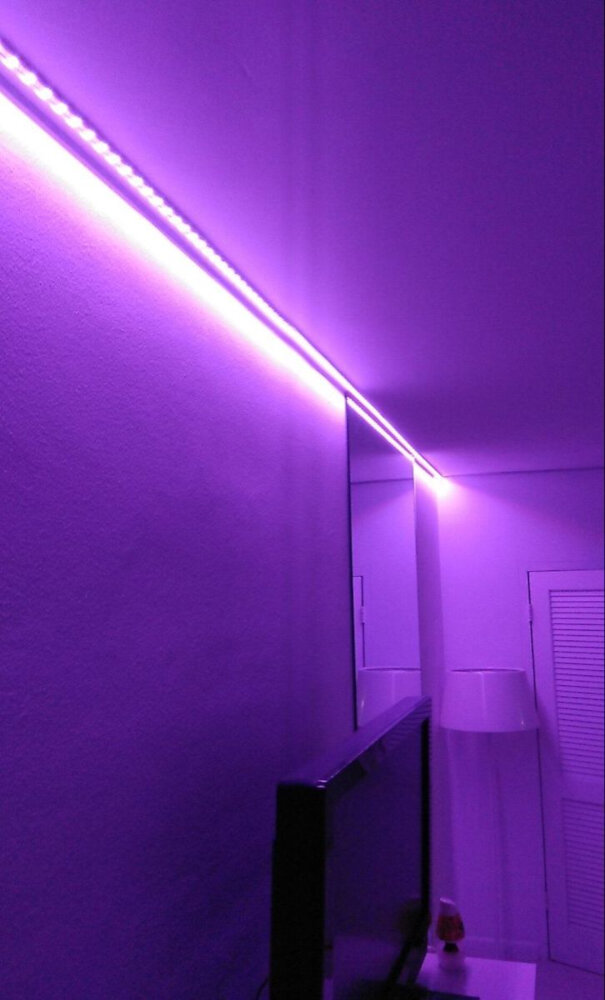
When it comes to choosing LED light bulbs, there are several factors that should be considered. One important consideration is the color temperature of the bulb. LED bulbs come in a range of color temperatures, from warm white to cool white. Warm white bulbs are typically used in living spaces, such as bedrooms and living rooms, while cool white bulbs are better suited for workspaces and kitchens. It’s important to choose the right color temperature for the intended use of the space, as it can greatly affect the overall ambiance and mood. Another factor to consider is the brightness of the bulb. LED bulbs are available in a range of brightness levels, measured in lumens. It’s important to choose a bulb with the appropriate level of brightness for the space in which it will be used. A bulb that is too bright can be uncomfortable and harsh on the eyes, while a bulb that is too dim may not provide enough light for the intended purpose. Additionally, it’s important to consider the wattage of the bulb, as higher wattage bulbs will consume more energy and result in higher electricity bills. By considering these factors, consumers can choose the most energy-efficient and cost-effective LED bulbs for their needs.
There are various types of LED light bulbs available on the market, each with its own unique features and benefits. The most common types include A-shaped bulbs, which are similar in shape to traditional incandescent bulbs and are suitable for general lighting purposes. Globe bulbs are spherical in shape and provide a wider distribution of light, making them ideal for chandeliers and pendant lights. Floodlights are designed to illuminate a large area, making them perfect for outdoor use. Candle bulbs are shaped like a candle flame and are commonly used in decorative lighting fixtures. Finally, strip lights are thin, flexible LED strips that can be cut to size and used for under-cabinet lighting or accent lighting. With so many options available, it’s easy to find the perfect LED light bulb for your needs while saving money on your electricity bills.
When choosing LED light bulbs, it is important to consider several factors to ensure that you get the right type of bulb for your needs. One crucial factor to consider is the brightness of the bulb, as it determines how much light the bulb will emit. Additionally, color temperature should also be considered, as this can affect the ambiance of a room. It is also important to ensure compatibility with dimmer switches if you plan to use them. Other factors to consider include the lifespan of the bulb, the wattage, and the shape and size of the bulb. By considering these factors, you can find the perfect LED light bulbs to save money on your electricity bills while still providing adequate lighting for your home or office.
Other Tips for Saving Money on Electricity Bills
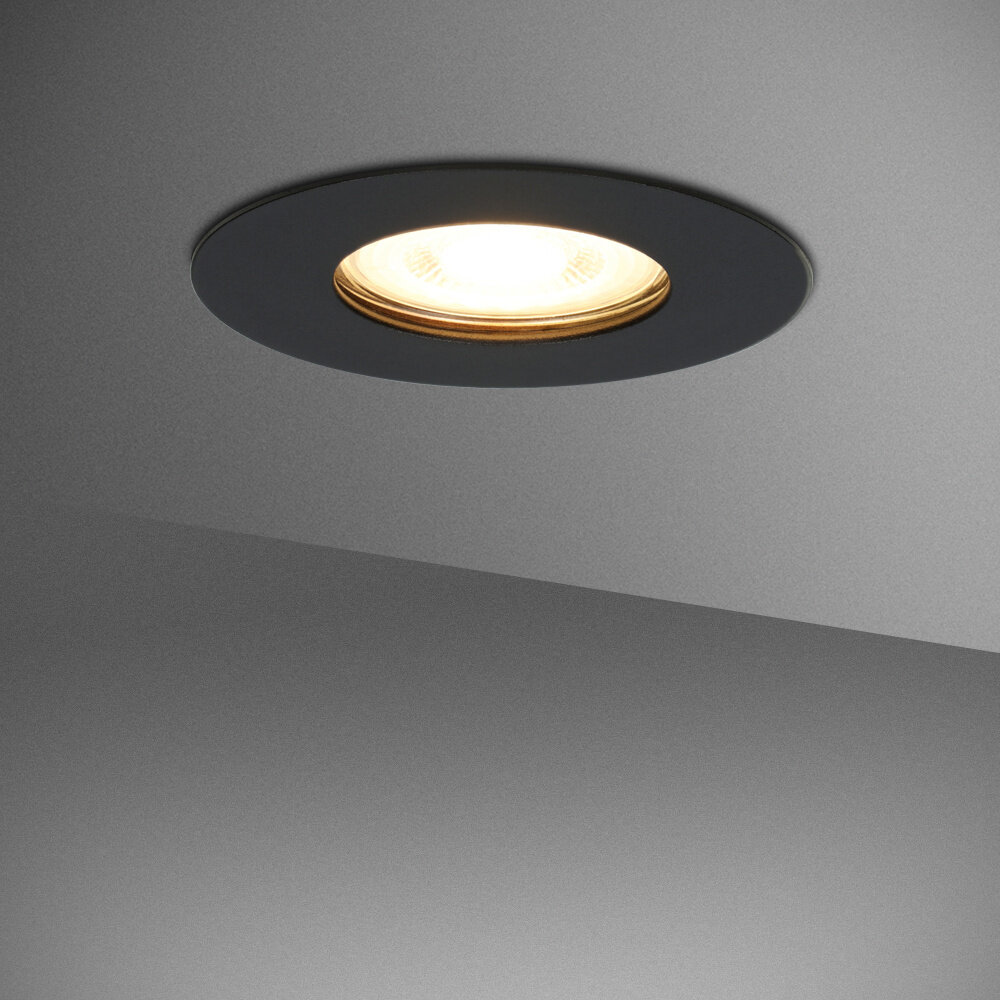
In addition to switching to LED light bulbs, there are several other tips that can help you save money on your electricity bills. One of the most effective ways to reduce your energy consumption is by turning off appliances and electronics when they are not in use. This includes unplugging chargers and devices that are not being used, as they can still draw power even when they are not turned on. You can also consider using power strips with an on/off switch, which makes it easy to turn off multiple devices at once. Another way to save money on electricity bills is by adjusting your thermostat. During the summer months, you can raise the temperature by a few degrees to reduce your air conditioning usage. In the winter, you can lower your thermostat a few degrees to reduce your heating costs. You can also consider investing in a programmable thermostat, which can automatically adjust the temperature based on your schedule and preferences. Additionally, you can improve the energy efficiency of your home by sealing air leaks and adding insulation to reduce heating and cooling losses. By implementing these simple tips, you can significantly lower your electricity bills and save money in the long run.
In addition to switching to LED light bulbs, there are several other ways to reduce energy usage and save money on electricity bills. One of the easiest ways is to use power strips, which allow you to turn off multiple devices at once when they are not in use. Smart home technology, such as programmable thermostats and smart power outlets, can also help you to automatically adjust your energy usage based on your schedule and preferences. Another effective method is to simply unplug devices when they are not in use, as many electronics continue to draw power even when they are turned off. By adopting these simple strategies, you can significantly lower your energy usage and reduce your monthly electricity bills.
LED light bulbs have become increasingly popular due to their numerous benefits. They are energy-efficient and use up to 80% less energy than traditional incandescent bulbs. This translates to significant savings on electricity bills, especially in the long run. LED bulbs also have a longer lifespan, which means they need to be replaced less frequently, further reducing costs. Additionally, they emit less heat, making them safer to use and reducing the load on air conditioning systems during hot weather. Overall, switching to LED light bulbs can result in substantial savings on electricity bills and contribute to a more sustainable future.
As the cost of electricity continues to rise, it is important to consider energy efficiency when making purchasing decisions for lighting and other household appliances. LED light bulbs are a great example of an energy-efficient product that can save you money on your electricity bills in the long term. While they may be more expensive initially, they use significantly less energy than traditional incandescent bulbs and have a longer lifespan, making them a smart investment. Additionally, when purchasing other household appliances such as refrigerators, washing machines, and air conditioners, it is important to look for the Energy Star label, which indicates that the product meets energy efficiency guidelines set by the US Environmental Protection Agency. Making energy-efficient choices not only saves you money but also helps to reduce your carbon footprint and protect the environment.
Conclusion
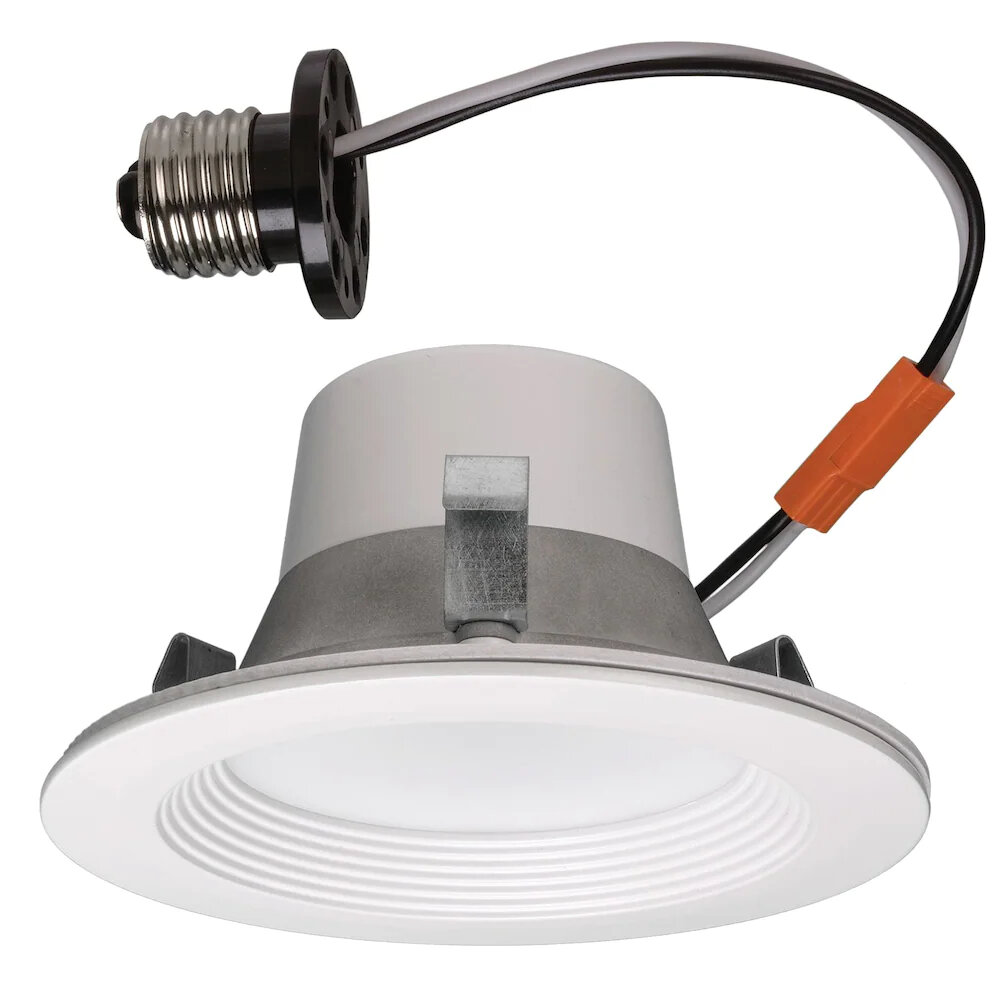
In conclusion, switching to LED light bulbs is a wise investment that can significantly reduce electricity bills in the long run. LED bulbs are energy-efficient, have a longer lifespan, and emit less heat than traditional incandescent bulbs. While the upfront cost of LED bulbs may be higher, the savings in electricity bills over time make it a worthwhile investment. Additionally, LED bulbs are environmentally friendly and can contribute to a greener planet. So, if you’re looking to save money on your electricity bills, consider switching to LED bulbs and enjoy the benefits of energy efficiency and cost savings.

